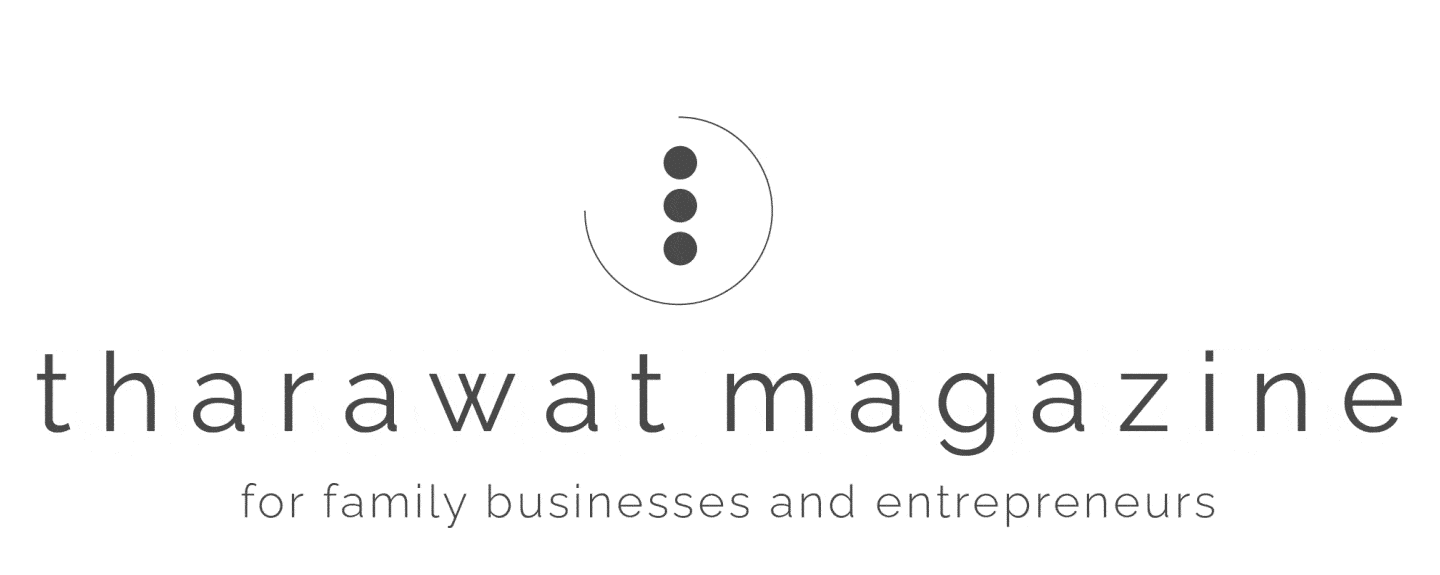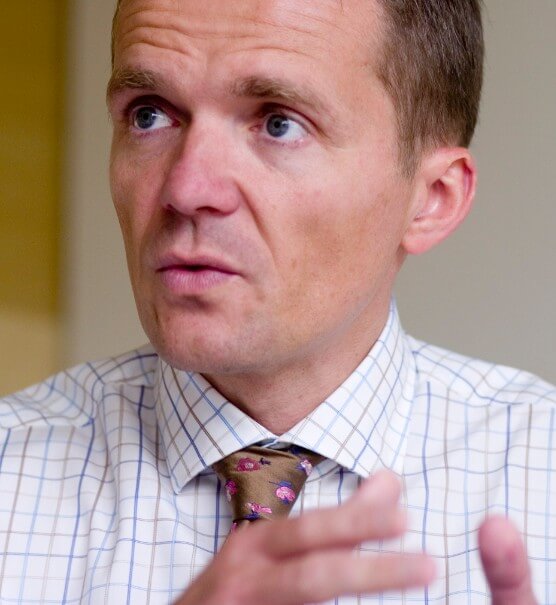While many studies refer to the driving role that family businesses play in economic growth and wealth creation, there is also convergence on their regular ‘failure’ to manage the transition to the third generation. In the current context more than ever before, the sustainability of the family business model deserves our complete attention, especially since, in addition to the economic crisis, there is also a crisis of values, notably those of entrepreneurship and innovation. Philanthropy can be an excellent tool for passing on the economic and ethical legacy of the family business, provided that it is used in a structured and strategic way. In the following article, Philippe Depoorter Secretary General of Banque de Luxembourg and Head of Banque de Luxembourg’s Philanthropy Services, discusses and shows how philanthropy can foster cohesion within a family, and in turn, fortify the family business model.
The concept of philanthropy has gone beyond the realm of simple acts of generosity and one-off gifts to a desire to make a difference and invest for the long term. More than ever, philanthropy needs the qualities that entrepreneurs can offer to meet the challenges faced, such as providing innovative responses to unresolved problems, identifying new needs and coming up with sustainable ways of approaching them, and having a measurable impact.
Furthermore, thinking of philanthropy as a powerful tool for the cohesion and the longevity of the family acquires even greater legitimacy as entrepreneurs are often unrivalled actors of change. But such an approach requires acceptance of the importance of human aspects in shaping the dynamics of family businesses.
An excellent learning and succession-planning tool
It is often in the context of inheritance planning, and more specifically, when passing on the business that the question of philanthropic commitment is raised. One of the main concerns is how to perpetuate the family’s legacy of economic and moral values, and the role of the children and beneficiaries in this context.
Before dealing with some specific cases through some real-life examples, it is useful to examine some of the main lessons drawn from reflections and experiences in family philanthropy. Starting with the powerful role that family philanthropy plays in linking the generations; philanthropy allows parents to offer their children learning experiences around a project and concrete situations, such as…
…sharing their resources in the broadest sense, by understanding the value of money,
…working and making decisions together in a context other than the business’s,
…cultivating respect for others and the family’s values (it can be helpful to define or review these prior to acting),
…taking responsibilities and getting personally involved in issues with which the family is familiar (or not), with the means to have a real impact on them.
These aspects provide character-building opportunities and help to strengthen ties between family members.
While philanthropy may be considered a duty, it also provides opportunities for interacting in a different context, opening up to difference, reinventing established logic and, most of all, realising the impact of what has been undertaken. The corollary of this is responsibility, which implies considering philanthropy more as an investment than a gift, and, approaching it with strategic vision.
The strategic approach not only provides a guarantee of a successful outcome of the project, but can also help, in the beginning, in shaping the entrepreneurial and family goals. Used in this way, philanthropy has an ability to ‘serve’ the interests of those initiating and getting it started. Two real-life stories come to mind that illustrate the win-win situation that philanthropy can offer.
Perpetuating the legacy and the values of the family
In addition to this disappointment, Ms M also expressed concern about the gradual loss of the values of the business, which were the reasons for its success in the first place. Selling off the business was not an option either. Aware of her good fortune in having had the means to build her business, Ms M. explained how she wanted to provide assistance in helping other deserving and ambitious young people to get started.
A series of meetings resulted in a project to set up a foundation that could include these parameters. The model finally selected was, against all expectations, a corporate foundation. The main role of the foundation was not to promote the brand to the external public, but mostly to fortify the employees’ attachment to the business by bringing them together around projects that make a social impact. While such an approach would be unheard-of in a listed company or a business with a fragmented shareholder base, it becomes extremely relevant in the context of a family business when, as was the case here, causes supported by the foundation were selected using the company’s values as the starting point. These values are in turn embodied and sustained through the foundation.
Better still, Ms M.’s children accepted to sit on the board of the foundation, which provided a family presence within the company and a guarantee of adherence to the values they had identified together. They now meet at various times during the year to decide on how the income from the endowment is to be spent. From her side, Ms M. can start supporting young people, which was her main aim, and be assured in the knowledge that the business will continue to carry the mark of its founders.
Getting the children together around a common project
The family’s philanthropy may also be carried out within a ‘private’ foundation. This was how the J. family fulfilled their desire to separate the two entities and be more discrete in their actions.
Mr J. set up and developed his business with great success. He wanted to share a part of his fortune with others in need and strengthen the ties between his children, two of whom were to be appointed to take over as directors of the company.
Their sister, having opted not to join the business, was entrusted with managing the foundation. She embraced the project and started by drawing up a charter of the family’s values. This was quickly expanded to include a foundation governance model for the members of the family that is quite separate from the day-to-day operations of the business. For the daughter, it was the opportunity to take her place beside her brothers in a context that was new to everyone but that was made possible by the money generated by the business. Creating stronger links between his children provided Mr J. with a guarantee that they would remain at the head of the company. Furthermore, all of the family wanted to ensure that the governance rules covered the entry of their children and grandchildren into the foundation, securing the continuity of the principle and the projects supported.
Social entrepreneurship and impact investing
Social entrepreneurship networks such as Ashoka, the Skoll Foundation and the Schwab Foundation identify entrepreneurs who have chosen to use their talents and vision to serve social and environmental problems. Their aim is to provide an innovative response that can be replicated on a large scale (idea of a system) and self-financed in the medium term. They are a sort of bridge between the world of philanthropy and the corporate world, which why they attract entrepreneurs, who, in addition to financial support, can provide time and even better share expertise with these project initiators.
The social enterprises created out of such initiatives need regular funding in order to grow. This is where “impact investing” comes in. Impact investing brings together various financial techniques designed to raise funds required for these projects. In the case of social enterprises, in addition to loans and guarantees, we are seeing the rise of private-equity type vehicles. In a related and other well-known domain – microfinance, the challenges, such as the return on investment, are in the end quite similar to impact investing. In deciding to invest in such vehicles, which are usually investment funds, the investor participates in the creation and/or growth of a new enterprise (in the broad sense of the term) that holds a risk but also a potential return.
This short overview is by definition incomplete. Its purpose is to show how philanthropy can be used to strengthen family cohesion and perpetuate the family business model. For this – and the ensuing causes and projects to succeed, the philanthropy must be part of a structured approach that is adapted to the particular situation of each family. Each family is different but the responses that philanthropy can provide are just as multi-faceted.
Tharawat Magazine, Issue 6, 2010











